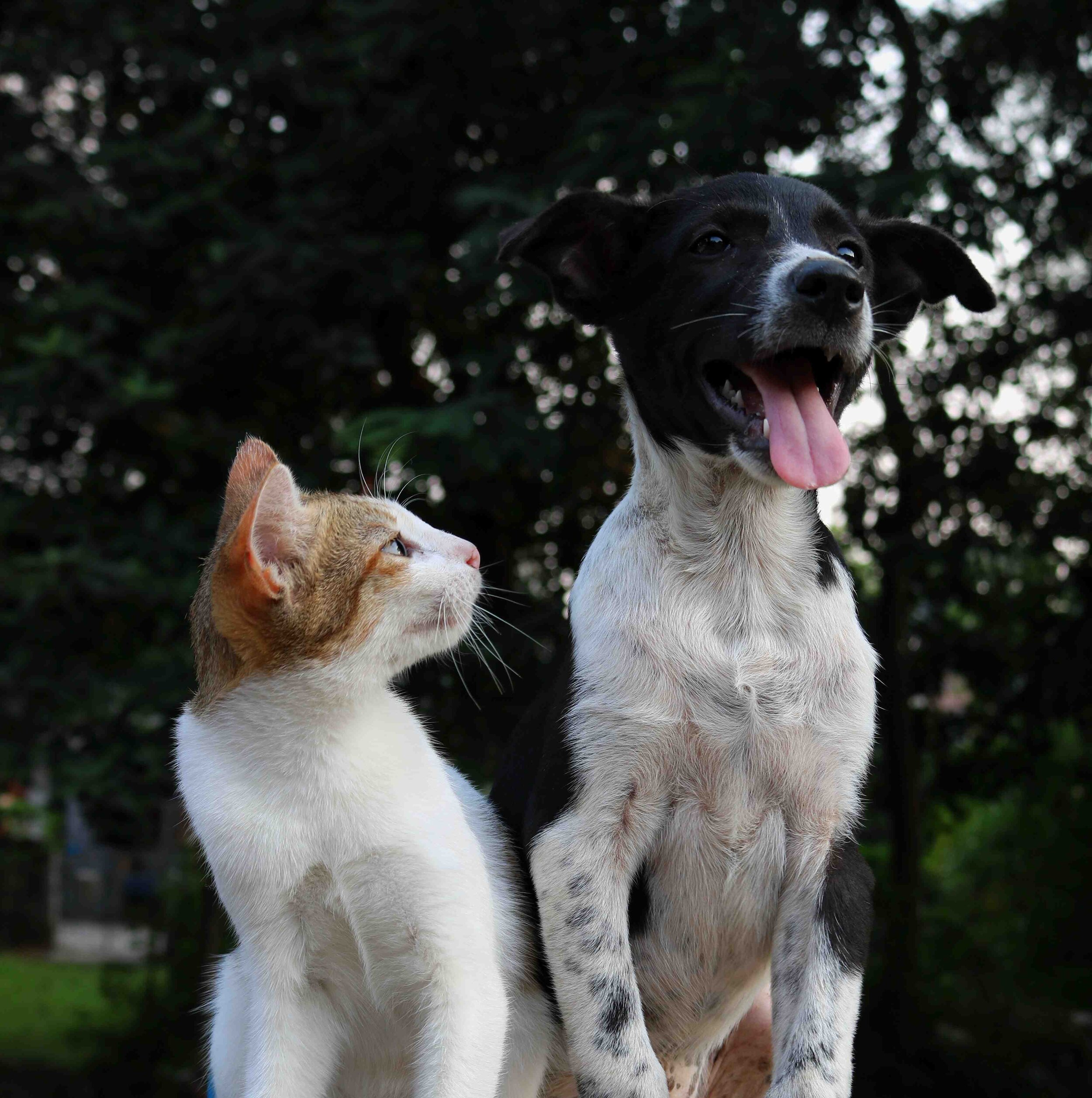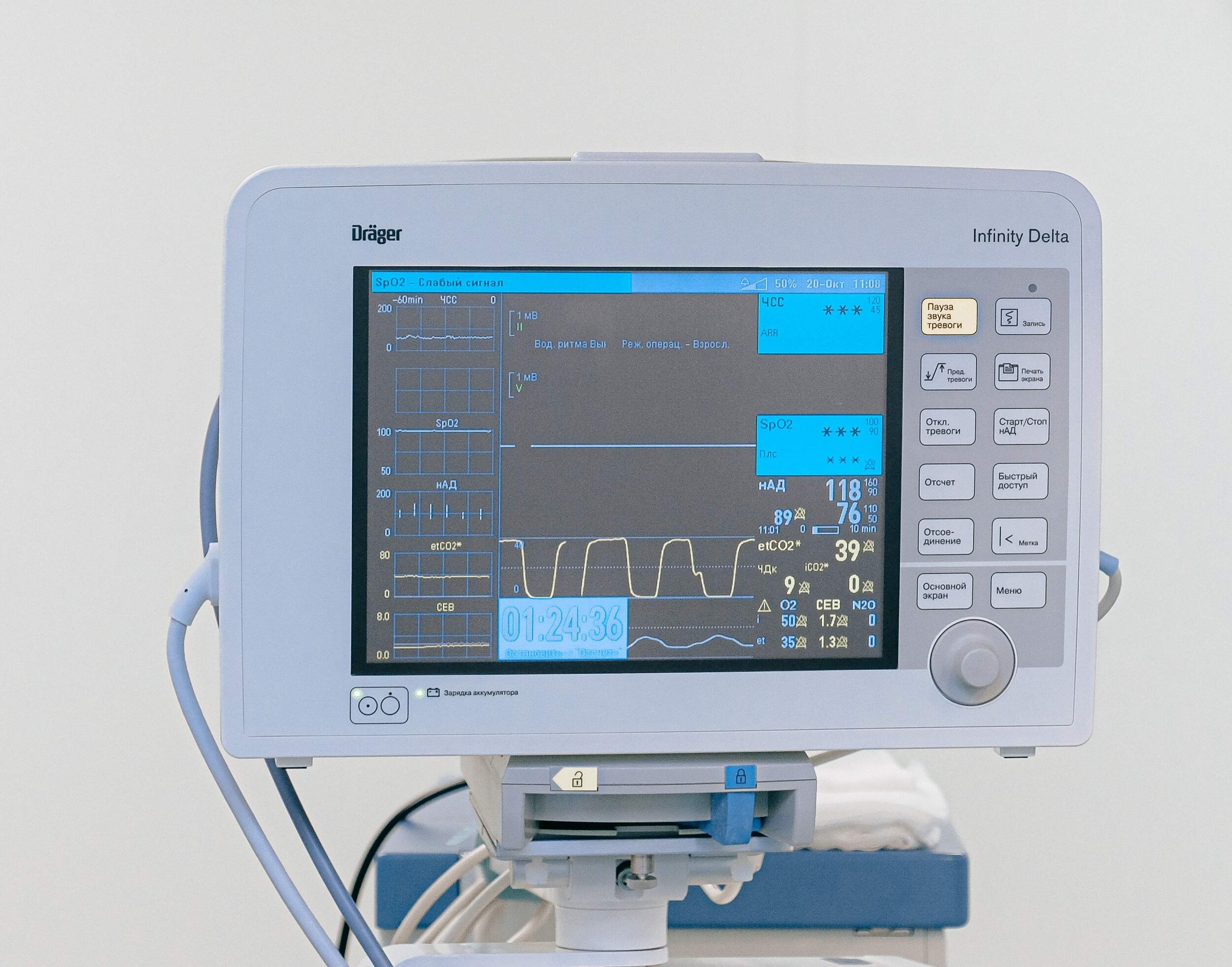The World of the Newborn Baby
The World of the Newborn Baby
How do psychologists come to know what they know?
Published by Psychology and Beyond
There are clearly challenges associated with finding out about the thoughts, feelings, and capabilities of young children. And the younger the child, the bigger the challenge. How, for example, can we know what the perceptual world of the newborn infant is like? We can’t ask them (well we can, but their answers are difficult to interpret). We can’t set them tasks to do in order to observe how many they get right (well we can, but they always score 0 out of 100). And what about the world of the unborn child, in the womb? Can we ever know about that?
Photo by Aikomo Opeyemi on Unsplash
The answer is that we can come to know about these things — developmental psychologists do not write papers and textbooks based on guesswork. Their knowledge is derived from sets of techniques that are particularly well adapted to exploring the worlds of infants. Think of these techniques as specialist tools that sit alongside standard psychological research methods as ways of collecting evidence. This post outlines five of these tools.
Observation
The first of these tools is systematic observation. This is rather obvious because, of course, observation underpins every scientific research method. By observing newborn infants, for example, researchers can produce descriptions of their behaviour, and from those careful descriptions of behaviour, they can often make good inferences about underlying psychological phenomena of interest.
One intriguing example of the use of systematic observation was provided by Condon and Sander in 1974. They filmed newborns (so-called 'neonates') within the first 48 hours of their lives while tape recordings of adult speech were played to them. Condon and Sander claimed, from their analysis of their data, that the apparently random movements of an alert neonate are not random at all. They are, in fact, precisely synchronised with the phonetic structure (the rhythm of the different sounds) of human speech. If they are correct in this observation (and many have contested their analysis) then it can be inferred that infants are born 'tuned in' to the structure of the language of their culture.
This is not to say, of course, that the infants understand the meanings of words at this stage. But many sources of evidence point to the fact that infants pay a very particular kind of attention to the sounds of words, and it is certainly plausible that this attention is encoded in and expressed through their movements. It may, in fact, be an important component of the miracle that we call language development.
Operant techniques
Cognitive psychologists often employ research techniques that involve observing the performance of research subjects on specific tasks. They manipulate (independent) variables that are hypothesised to impact performance, and through the observation of the effects of these manipulations, they make inferences about underlying cognitive processes. This basic paradigm is difficult to enact with young children, particularly with very young infants, who will only have a limited understanding of what a task is, and (perhaps even more crucially) will have a limited range of behaviours that are under their control with which to respond.
One way around this is to use 'operant procedures'. This refers to a set of techniques, usually underpinned by some kind of technology, which allow very young infants to 'operate' on their environment to produce some kind of effect. In other words, the research psychologist capitalises on some behaviour that the infant can do, by setting up a situation in which doing that behaviour causes something to happen.
For example, one of the things that an infant of four months can do is to control which direction they are looking in. Anne Fernald (1985) capitalised on this ability to study infants' preferences (or otherwise) for a particular kind of talk that adults use with infants, called 'motherese'. Motherese describes that slightly unhinged way that adults (not just mothers) have of talking to infants in a kind of 'baby talk'. Fernald was interested in whether infants would actually show a preference for that kind of talk, over normal adult-to-adult talk.
An experimental set-up was constructed such that if infants turned their head one way, they caused adult-to-adult speech to be played from a speaker on one side of the room (the side to which they had turned). If they turned their head the other way, that would cause motherese to be played from the speaker on that side of the room (again, the side to which they had turned). So, the infants in effect could learn to exercise a choice about which type of talk they heard, by turning their head in one direction or another.
Fernald observed that over a series of trials, most infants turned their head most times in the direction that caused motherese to be played. From this, she inferred that infants have a tendency to prefer to hear motherese. If this is correct, then it suggests that adult-to-infant talk is actually designed to support infants' language development.
Photo by Jana Sabeth on Unsplash
In Fernald's study, the way in which the infant caused something to happen was mediated by observers — the researchers observed the infants' head movements and switched the recorded voices on when they judged a head-turn of sufficient magnitude to have occurred. Often, though, technologies are used to allow the infant greater direct control of some feature of their environment. For example, an infant's dummy (pacifier) can be wired up such that vigorous sucking (something that infants are generally good at!) can cause different things to happen. Dummy sucking of a particular amplitude can, for instance, make different visual or auditory stimuli appear. Alternatively, eye-tracking equipment can be constructed so the infant can operate a switch by looking at a particular stimulus. If infants can be enabled to cause different things to happen in their environment, then observing the things that they cause to happen most can help psychologists to make inferences about underlying cognitive (and perhaps emotional) processes.
Preferential looking
A third set of techniques for studying very young infants is the so-called 'preferential looking' paradigm (also known as familiarisation/novelty-preference procedures). This set of techniques takes advantage of an effect that Fantz was able to demonstrate in the 1960s — namely that infants will tend to look at novel things in preference to familiar things. So, if an infant is shown a stimulus for a period of time, the infant will ‘habituate’ to it (become familiar with it). If, subsequently, the infant is shown the familiar stimulus and a novel one together, the infant will tend to look for longer at the novel stimulus.
Photo by Anusha Barwa on Unsplash
This effect has been used extensively to investigate categorisation in pre-verbal infants. For example, Quinn et al. (1993) were famously able to show that 3- to 4-month-old infants were able to form the implicit category of 'cat' from a series of pictures of individual cats. They familiarised the infants with a sequence of pictures of different cats. Then, in a testing phase, they observed that the infants spent longer looking at a picture of a dog than they spent looking at a picture of a novel cat. The novel cat (which they had not seen before) was already familiar to them, in a way that the novel dog was not. This can only really be explained by inferring that the infants saw it as 'just another cat', implying in turn that they had established some sort of categorical notion of the catness of cat (which was different to any notion they might have had of the dogness of dog). Categorisation of this sort in the pre-verbal child might be regarded as one of the necessary building blocks for language development.
Physiological measures
One of the simplest techniques (to understand, at least) in the developmental psychology research methods toolkit is the use of straightforward physiological measures — heart rate, for example. This is particularly useful for studying the unborn child in the mother’s womb.
Photo by Anna Shvets from Pexels
DeCasper et al. (1994) asked mothers to recite a rhyme to their unborn child three times a day for four weeks in the final stages of pregnancy. A tape recording of a different woman reciting the same rhyme, and a control rhyme that had not been spoken before, were then played to the unborn infants. There was a decrease in heart rate for the familiar rhyme, but not for the unfamiliar one. In other words, the infants in the womb recognised the rhyme that had been recited to them by their mothers, even when it was spoken by a different woman. Just consider for a few seconds the implications of these findings for our understanding of the time-course of language development. It’s clear that it starts well before the baby is born!
Brain scans
Last, and for this post, least, comes brain scanning. This technology is too complex a matter to deal with in any detail in this short article. However, we should note that there are a variety of methods for measuring brain activity, and one that is used relatively widely with infants is electroencephalography (EEG). EEG involves the measurement of electrical activity of the brain, by means of a kind of 'hairnet' of electrodes. Different stimuli can be introduced to an infant, and then differences in the recorded brain activity can be used to make inferences about the processing of those stimuli.
Sticking with the example of categorisation, Jeschonek et al. (2010) used EEG to show that preverbal infants are already able to make distinctions between animate and inanimate things. They observed one pattern of brain activity in response to pictures of animals, and a different pattern of brain activity in response to pictures of different items of furniture. Indeed, the early ability to distinguish furniture from animals is a well-established finding in psychological research, and this remains good news for pets, given the frequency with which infants of this age are sick on the sofa.
So, there we have it
This has been a whirlwind tour of five basic approaches to studying the capabilities of children who are too young to answer our questions and respond to our tasks. I hope that next time you encounter facts about what unborn and newborn babies 'can do' you will have some idea about how we have come to know these things. In a world in which unevidenced nonsense is viralised—is that a word? It is now—so readily, it becomes an important act of citizenship to understand, defend, and celebrate the methods that rational people use to find out real things about the real world.
Would you consider signing up for my email list?
A version of this post was first published in Psychology Review (Grayson, 2015)
References
Condon, W. S., & Sander, L. W. (1974). Neonate movement is synchronized with adult speech: Interactional participation and language acquisition. Science, 183(4120), 99–101.
DeCasper, A. J., Lecanuet, J.-P., Busnel, M.-C., Granier-Deferre, C., & Maugeais, R. (1994). Fetal reactions to recurrent maternal speech. Infant Behavior and Development, 17(2), 159–164.
Fernald, A. (1985). Four-month-old infants prefer to listen to motherese. Infant Behavior & Development, 8(2), 181–195.
Grayson, A. (2015). Doing research with young children and infants. Psychology Review, 21(2), 11–13.
Jeschonek, S., Marinovic, V., Hoehl, S., Elsner, B., & Pauen, S. (2010). Do animals and furniture items elicit different brain responses in human infants? Brain and Development, 32(10), 863–871.
Quinn, P. C., Eimas, P. D., & Rosenkrantz, S. L. (1993). Evidence for representations of perceptually similar natural categories by 3-month-old and 4-month-old infants. Perception, 22(4), 463–475.




